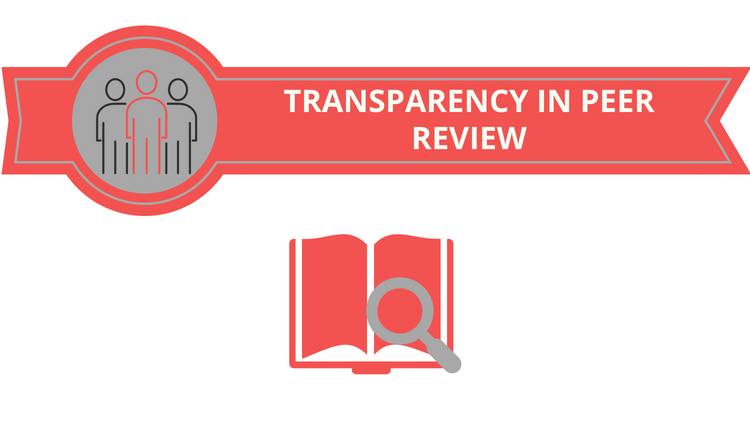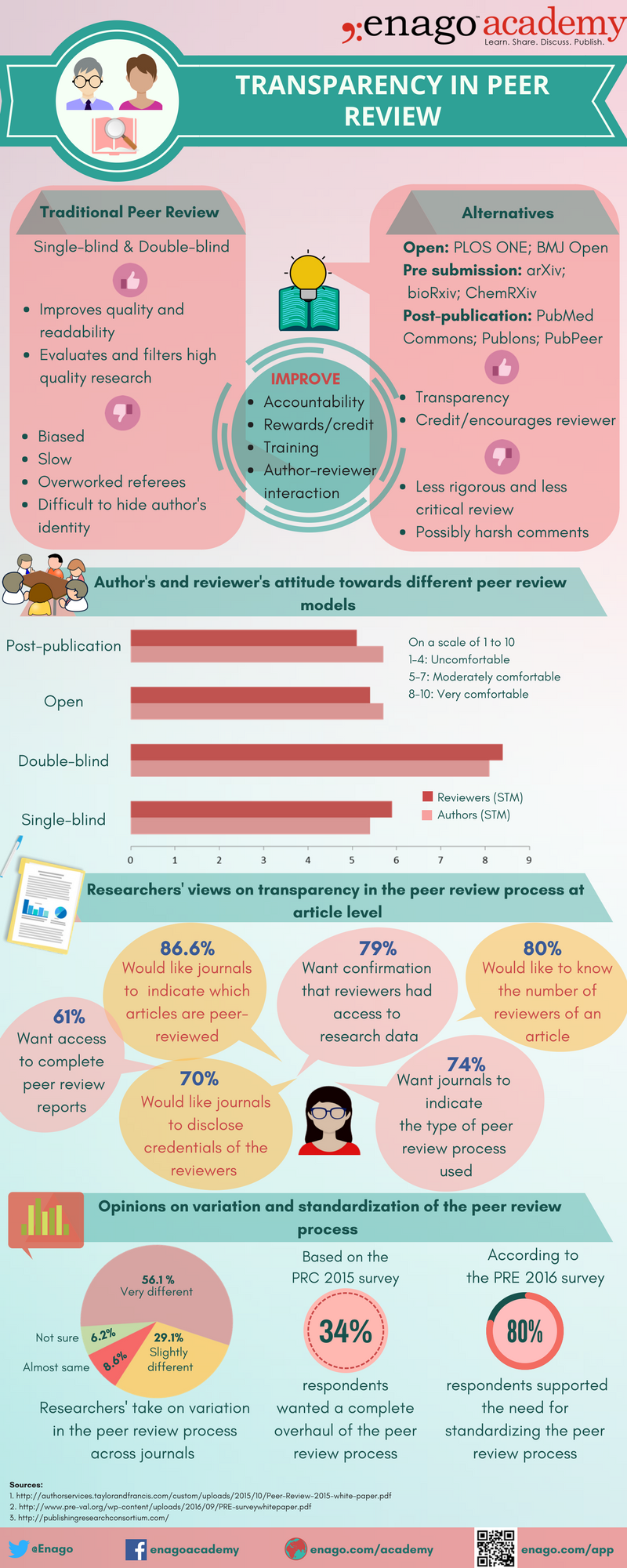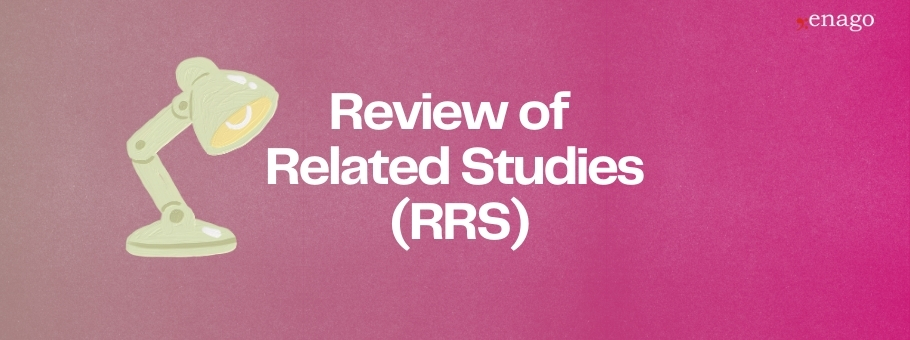Transparency in the Peer Review Process

Peer review is an integral part of the publication cycle. It involves an independent and unbiased assessment by reviewers of a manuscript on the grounds of originality, significance, and novelty of the study.
However, the traditional forms of the peer review have faced many challenges. With the increasing support for open science, open peer review is changing the traditional landscape (single-blind & double-blind) of the peer review process. Many publishers and journals such as Royal Society Open Science, BMJ Open, Synlett, and PLOS ONE are attempting and testing alternative types of peer review with varying level of success.
Open peer review addresses many issues of the traditional peer review process, i.e., inconsistency, bias, lack of incentives/credit, and delay in publishing. The alternative forms of peer review practices by platforms like arXiv, PubMed Commons, BMJ Open help increase transparency at the author, reviewer, and editor level. However, based on the PRC 2015 and PRE 2016 surveys, concerns related to the lack of standardized definition and practices need to be addressed as authors and reviewers feel more satisfied and comfortable with the double-blind peer review process than open peer review.
In this infographic, we discuss the opinions of the scientific community related to transparency in the traditional and alternative forms of peer review.










